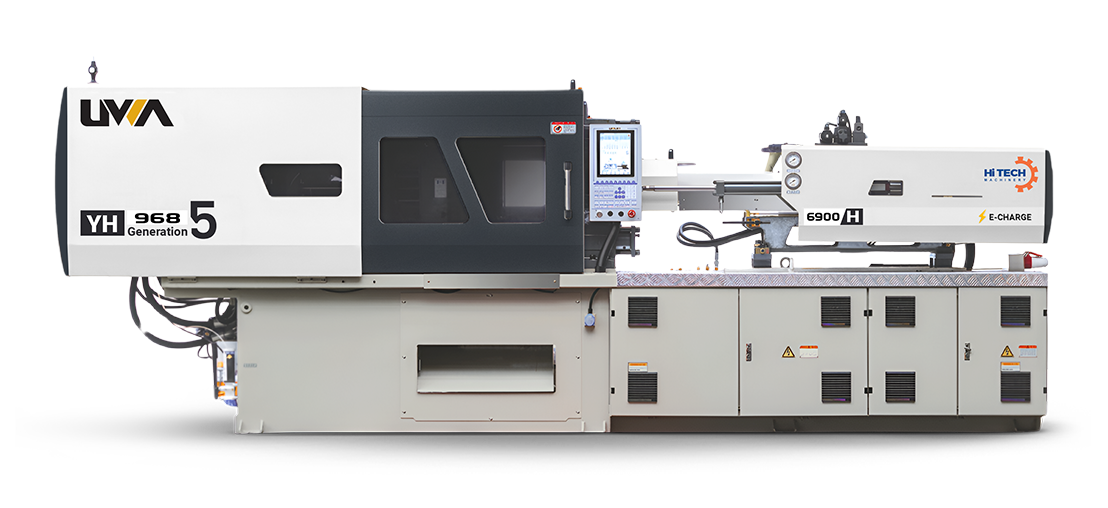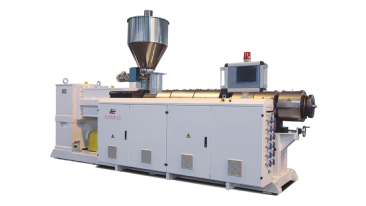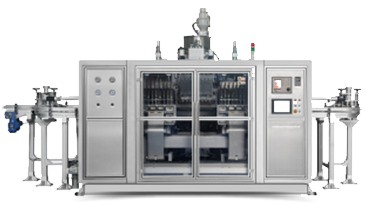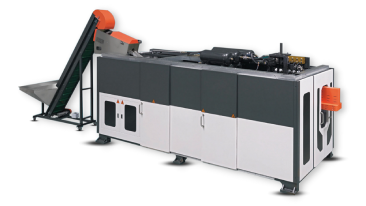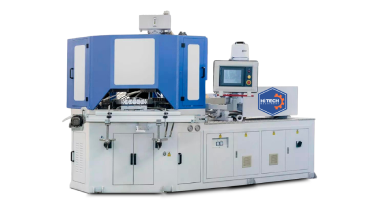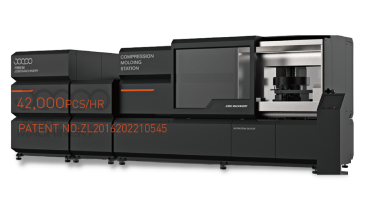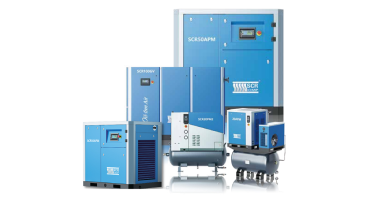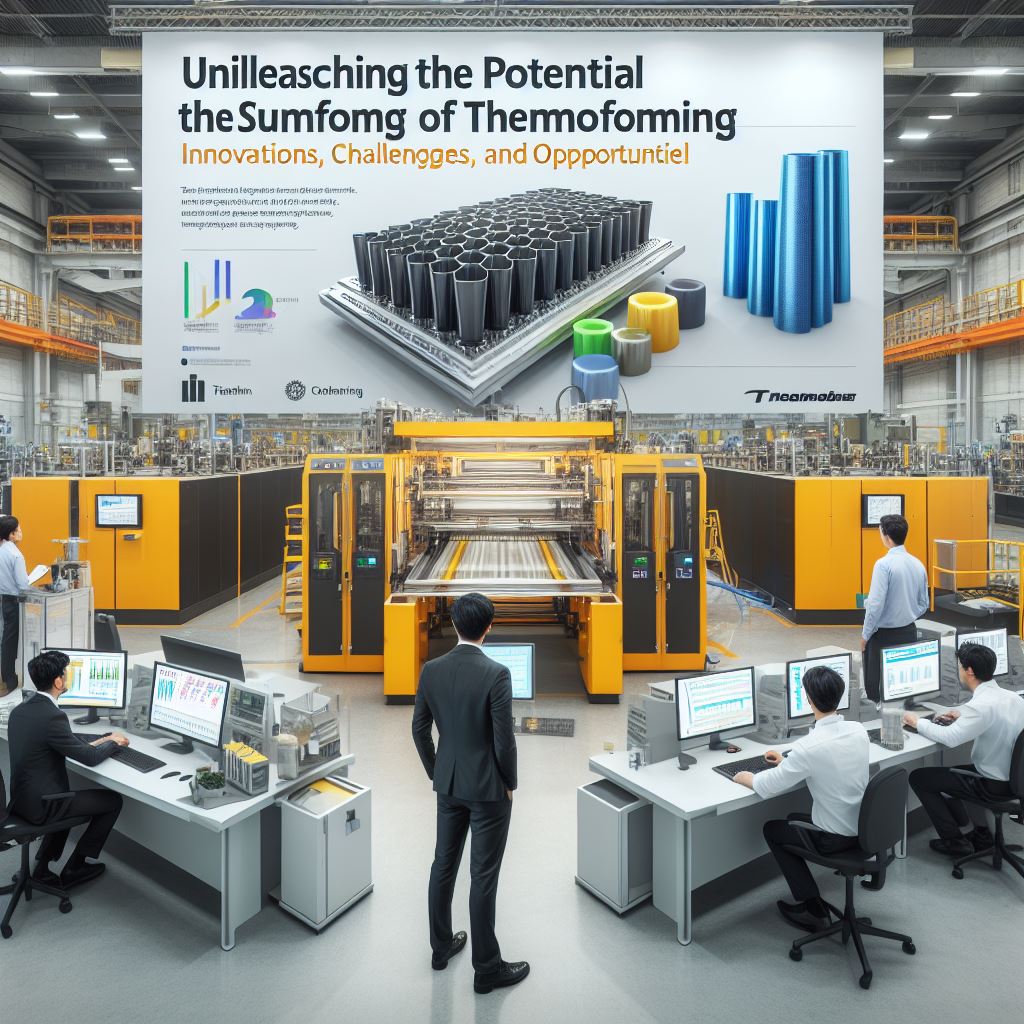Introduction
Thermoforming, a stalwart in plastic processing manufacturing, often doesn’t get the recognition it deserves. Let’s change that narrative and delve into the fascinating world of thermoforming.
Thermoforming Process: A Comprehensive Overview
The Power of Thermoforming
Thermoforming is a versatile process that can create everything from lightweight, thin-wall packaging to heavy-gauge panels and parts for many industries, including automotive, agriculture, construction, medical, and aerospace.
Vacuum Forming v/s Pressure Forming
In vacuum forming, a heated, pliable plastic sheet is drawn against the mold contours by vacuum pressure, ideal for simple designs. On the other hand, pressure forming, involving additional air pressure, allows for rich textures and complex part geometry. The choice depends on your part requirements.
The Evolution of Thermoform Tooling
Economic Benefits
Thermoform tooling has evolved significantly over the years, costing roughly a quarter of injection mold tooling. This offers a substantial economic benefit, particularly for short-run jobs.
Heavy-Gauge Thermoforming in Industries
The medical plastics sector has become a significant market for heavy-gauge thermoforming, producing items like monitor covers and equipment panels. Industries like recreational vehicles, boats, and agricultural and construction equipment appreciate the durability and light weight of plastic panels compared to metal.
The Future of Thermoforming
The Rise of Pressure Forming
Industry veteran Jay Waddell believes that pressure forming is currently underestimated and is gradually encroaching on injection molding markets, especially for shorter runs. The process offers a lot of design freedom, and there’s a notable increase in firms now embracing pressure forming.
Regional Nature of Heavy-Gauge Forming
Since heavy-gauge forming creates large parts that are costly to ship, the companies serving these markets tend to be more regional. They usually serve local customers with production runs ranging from 500 to 10,000 parts. Heavy gauge competes primarily with processes such as rotational molding, structural foam, and metal forming.
HiTech Machinery’s Excitement for Thermoforming’s Future
At HiTech Machinery, we’re excited about the future of thermoforming and its potential to revolutionize the plastics machinery industry. Stay tuned to our blog for more insights and updates on this fascinating technology!
Thermoforming: Unleashing the Potential – Frequently Asked Questions
Is Thermoforming Suitable for Complex Parts?
Absolutely while vacuum forming is ideal for simple designs, pressure forming allows for complex part geometry, making it suitable for intricate and detailed components.
What Are the Economic Advantages of Thermoform Tooling?
Thermoform tooling costs roughly a quarter of injection mold tooling, providing a substantial economic benefit, especially for short-run jobs.
Which Industries Benefit from Heavy-Gauge Thermoforming?
Industries like medical plastics, recreational vehicles, boats, and agricultural and construction equipment appreciate the durability and light weight of plastic panels, making heavy-gauge thermoforming a preferred choice.
How Is Pressure Forming Gradually Encroaching on Injection Molding Markets?
Industry expert Jay Waddell believes that pressure forming is underestimated and is gradually gaining ground in injection molding markets, particularly for shorter runs, due to its design freedom.
Why Do Companies Serving Heavy-Gauge Markets Tend to Be Regional?
The shipping cost of large heavy-gauge parts makes companies serving these markets more regional, often catering to local customers with production runs ranging from 500 to 10,000 parts.
What Competing Processes Does Heavy-Gauge Thermoforming Face?
Heavy-gauge thermoforming primarily competes with processes such as rotational molding, structural foam, and metal forming in various industries.
Conclusion
Thermoforming is a time-tested plastic processing technique with immense potential. As it continues to evolve and gain recognition, the future looks promising. Embracing advancements like pressure forming opens up new possibilities, offering design freedom and economic benefits. At HiTech Machinery, we’re committed to exploring and sharing insights into the exciting world of thermoforming.

